
In this series, we are exploring the classic French Sauces known as the “Mother Sauces:” Velouté, Bechamel, Espagnole, Hollandaise and Tomato. These base sauces are truly the fundamental sauces in sauce making. There are so many other sauces worth exploring from around the world, arguably even better sauces to my taste. A good Thai peanut sauce, a Peri Peri sauce from North Africa or a Jamaican jerk sauce hit all the senses with their spicy, bright and alive qualities. These sauces require skill, quality ingredients and a great recipe to pull off, but their techniques do not seem to be the ones our students are baffled by.
Put a Hollandaise recipe down in front of our average student and sweat will instantly form on their brow. When I went to culinary school over 30 years ago, French sauces were and still are considered the fundamentals of sauce making. In this series, I am exploring a few of the tips and techniques that I have learned over the years that simplify some of the concepts and techniques in making these complex sauces. I love the idea of taking something complex and finding ways to break it down for our students to make it more approachable.
2 Simple Tips to Improve the Taste of your Sauce
Tip 1: Use Quality Ingredients
First, what is a sauce? I would describe a sauce as a “thickened, aromatic and flavorful liquid.” The French sauces utilize advanced techniques in thickening, one being the use of a roux which we discussed in part 1 of this series. We will get into more thickening techniques in part 4.
The other thing the French are masters of is developing deep and complex flavor in their sauces. Generally speaking, these sauces have relatively few ingredients so the quality of the ingredients are paramount. I am not a chef who insists that every ingredient you cook with be the best money can buy. After all, one of the tests of a truly great cook is the transformation of something mundane into something delicious. However, I can assure you if you are using a beef bouillon cube to make your Espagnole sauce versus a fresh beef stock you are not going to achieve the best flavor. If you are making a Hollandaise with margarine versus a sweet creamy European butter, you're likely to end up with an oil slick instead of Hollandaise. If you are making a Beurre Blanc with white wine you wouldn’t drink I can pretty much guarantee you aren’t going to want to eat it either. I absolutely promise you that if you start with the best ingredients in your sauces you have conquered half of the battle of making a delicious sauce.
1. Stock: I would encourage homemade chicken, beef, fish and vegetable stocks as a rule for stock making. I currently don’t know of a brand of pre-made beef, fish or vegetable stock that are very good. There are some pretty good boxed and canned chicken stocks and bone broths but again, fresh is best. Just say no to bouillon cubes for sauce making, just look at the chicken bouillon cube ingredients - there isn’t any chicken in there.
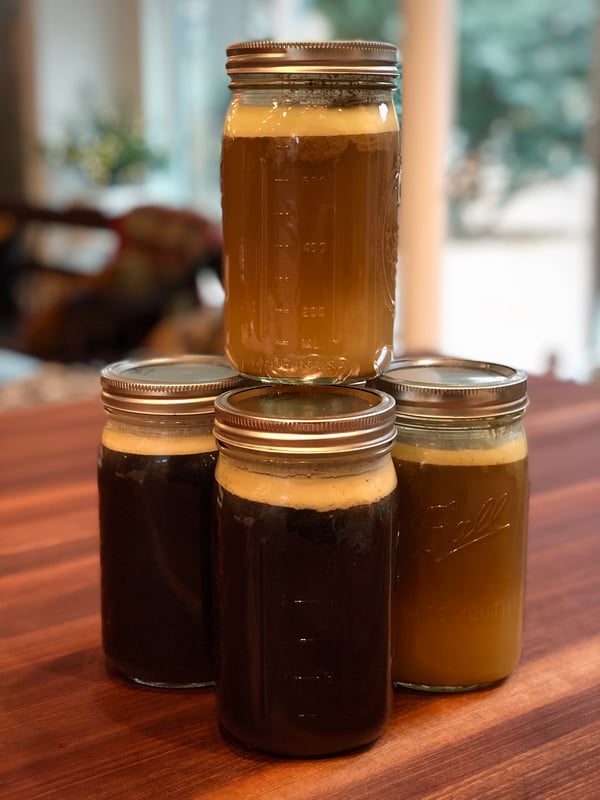
2. Wine: The general rule is if you wouldn’t drink it, don’t cook with it. If you are not a big wine drinker that may not be a helpful cue. In selecting wine to cook with skip the “cooking wine” and just cook with wine. In selecting the right wine what we are mainly looking to do is to avoid overly sweet wines and pick ones that have some nice acidity.
For white wines, I would recommend a Sauvignon Blanc (Sancerre is its French name); a Pinot Grigio also is nicely dry. In red wines, most Italian or French reds will be dry, a Chianti or a red burgundy are safe bets. California Cabernet Sauvignon or Merlot should be readily available and plenty dry.
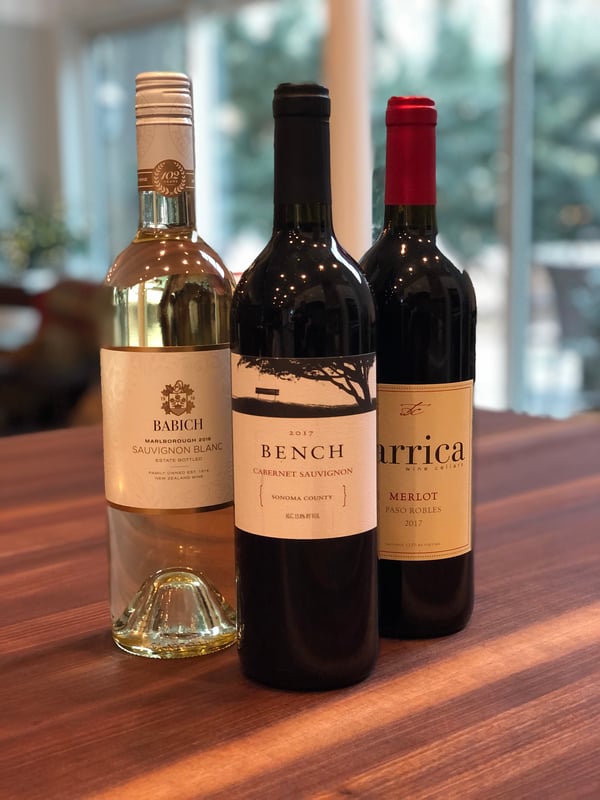
3. Vinegar: Chefs use a lot of vinegar. It is not because we like things to taste like vinegar, it’s because it adds acidity, which adds complexity. Chefs cook off the real vinegary quality which is pretty easy to do when you use a high-quality vinegar.
The number one tip I give in selecting vinegar is to check its origin. Good vinegar is made from good wine so the best wine producing regions of the world make the best vinegars: France, Spain, Italy are safe bets. These can be pretty pricey so a good unsweetened apple cider vinegar or a sherry vinegar often be found for a good price.
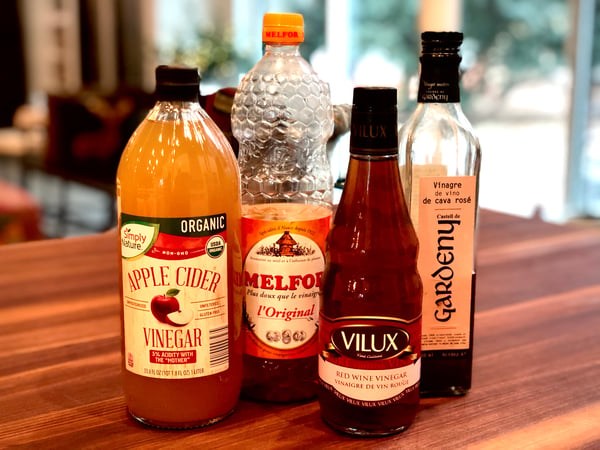
4. Herbs: Fresh herbs should be used in stock and sauce making unless you dry your own herbs. If you dry your own herbs you already know they can be used more like a fresh herb so fresh dried herbs like oregano, rosemary, thyme, marjoram, savory, sage, bay leaves dry great. Tarragon and basil dry pretty well but dried herbs like parsley, dill, cilantro and chervil are pretty terrible. Fresh dried herbs will be more intense in flavor so when you are looking for delicacy always use fresh.
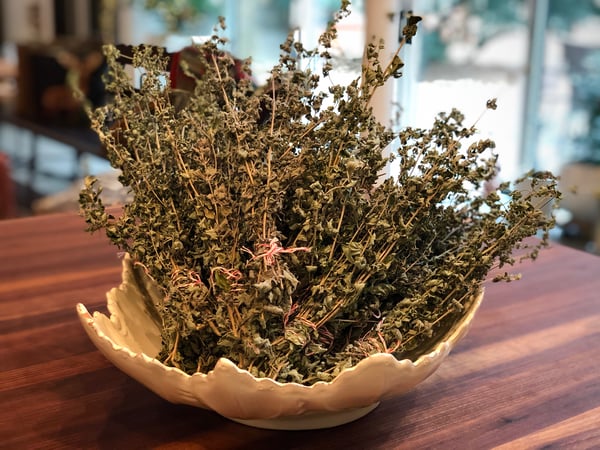
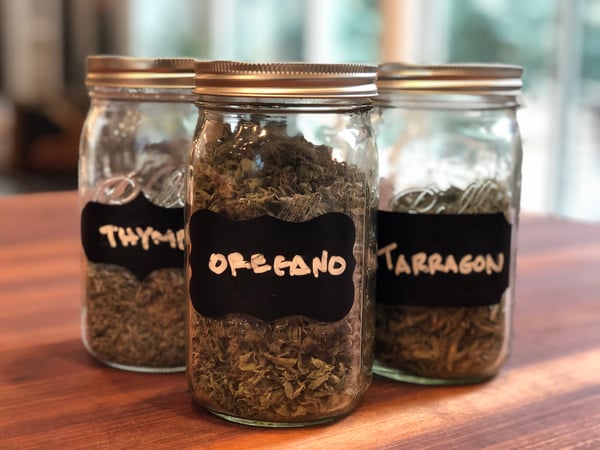
5. Butter: Unsalted is preferred. Our Chef Max Hull wrote a compelling blog on the subject of unsalted versus salted butter but in my opinion, sauces with a lot of butter in them like Beurre Blanc or Hollandaise should use unsalted butter. The main purpose of salt in butter originally was to preserve it, but with modern day refrigeration this isn’t an issue so I skip the salted butter in cooking. European style butter has more flavor because it has less water added.
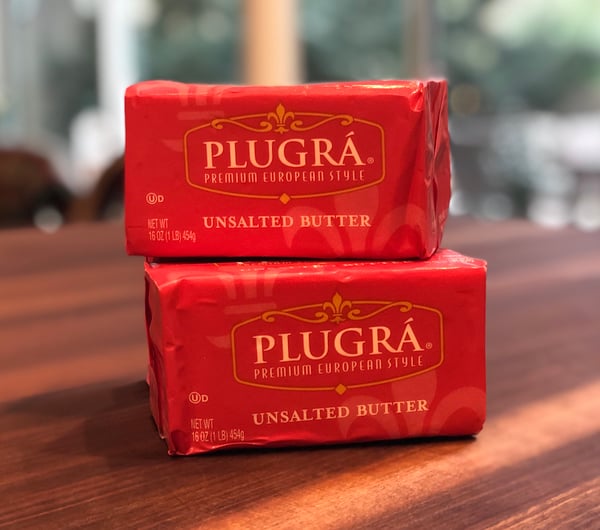
Tip 2: Reducing Sauces - Espagnole Sauce or Brown Sauce
After starting with quality ingredients, reduction is the most important tool in achieving deep and complex flavored sauces. The idea of reduction is that we simmer a liquid to evaporate some of liquid and reduce its overall volume. In cooking you will hear people say “reduce to 1 cup” or “reduce in half.” What this means is you might start with about 4 cups of stock, and you cook the stock until we have just 1 cup of stock or half of the original volume. You are taking something already delicious, such a homemade stock, quality wine or vinegar and evaporating the already delicious liquid into an even more concentrated and delicious version of itself.
This may be a technique you are already familiar with, but I want to add something to this technique you may not be aware of. There is another way to coax out even more flavor from your reductions. That technique is to gather the “fond” on the sides of the pan and put that into the sauce…. over and over again. For example, when making an “Espagnole” sauce or brown sauce, you sauté the Mire Poix (onion, celery and carrot) in butter, you add some flour to make the roux, then we add beef stock and tomato paste and simmer and reduce it slowly.
As this happens, there will be a buildup on the sides of the pan, a kind of a brown film, which is really caramelized and concentrated flavor. That brown film is fond; it's what I wish a bouillon cube would be. If you regularly scrape the fond from the sides of the pan and put it into the sauce, you are adding a concentrated flavor bomb, over and over. This simple action will deepen the flavor and complexity of your sauce.
You can also add more water to the sauce and extend the time you are reducing the liquid. The reason you might do this is to cook the sauce longer and therefore create more of that delicious fond to incorporate into your sauce. It happens very naturally when you are making soup. As you cook your soup your ingredients may not be fully cooked so you keep adding more liquid until they are. If you are scraping the sides of the soup pot and stirring that into the soup you are also building flavor in your soup! In a sauce you are adding additional liquid, usually water not because the additional liquid adds more flavor but rather because you can collect more fond.
Espagnole Sauce
4 Tablespoons butter
1/2 cup diced carrot
1/2 cup diced celery
1/2 cup diced onion
4 Tablespoons flour
2 bay leaves
2 quarts beef stock
3 Tablespoons tomato paste
Salt to taste
Sauté vegetables in butter until tender. Add flour and sauté for a couple of minutes. Then whisk in stock, bay leaves and tomato paste. Simmer slowly, scraping down the sides regularly until reduced to 3 cups of liquid. Strain out solids and salt to taste.
In part 3 of this series, we are going to continue the discussion of flavor by exploring the world of aromatic vegetables such as Tomato, Mire Poix, Sofrito and the Holy Trinity. In the meantime, our curriculum is bursting with sauce education to get you cooking. Check out our upcoming classes:

